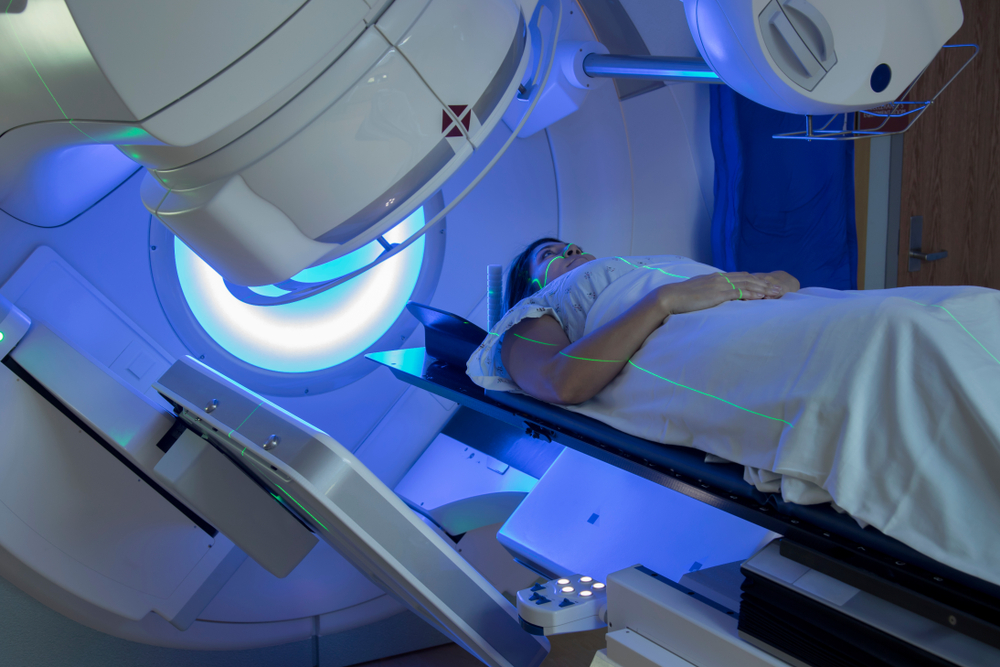Cancer is one of the deadliest diseases in the developed world, and one in three people will develop cancer in their lifetime [1]. Treating cancer has proven to be one of the greatest challenges in the world of medicine. The most common treatment options, chemotherapy, and radiation, are effective in many cases, however, these treatments come with a laundry list of side effects.
Anemia, hair loss, delirium, nausea and vomiting, memory loss, nerve damage, and impaired immunity are just a few of the side effects of chemotherapy and radiation [2]. Additionally, other problems with traditional cancer treatment make it ineffective for several types of cancers. An experimental cancer treatment is now being developed that may solve many of these issues. This new technique is proving to be effective at destroying cancer cells while leaving healthy cells intact.
The Problems with Traditional Cancer Treatment

There are several issues with traditional treatment methods that render them ineffective:
1. Lack of Specificity

There is a growing body of evidence to suggest that in many cases, cancerous cells originate from a single cell with stem cell characteristics. Traditional treatments, however, lack the specificity to attack these cells. For this reason, they often don’t provide long-term protection from cancer. Currently, more target-specific drugs have been able to shrink tumors, but they have not been able to eliminate cancer stem cells. This often means that the tumor will come back once the patient stops treatment [1].
Read More: 6 Beverages With Anti-Cancer Properties
2. Cancer Stem Cells can Develop Drug-Resistance

Normal stem cells have to constantly self-renew during the lifespan of a human. For this reason, they have developed unique mechanisms to protect themselves when necessary. Cancer stem cells appear to have the same ability, which allows them to become resistant to a drug after repeated exposure. This, then, renders the drug ineffective [1].
3. Chemotherapy is Toxic to All Cells

Chemotherapeutic drugs are effective at killing cancer cells, but they are non-specific, and so they kill healthy cells as well. These cause serious side effects. In some cases, patients actually die not from the cancer itself but from the treatment. Radiation therapy has a similar problem.[1] Other problems with traditional treatments include the inability to treat secondary or metastatic cancer sites in the body and difficulties diagnosing cancer in the first place [1].
Experimental Cancer Treatment: A Trojan Horse

Scientists from the Nanyang Technological University in Singapore have developed an experimental cancer treatment that uses a “disguise” to sneak attack cancer cells. This “Trojan Horse” method is proving to be effective- and it doesn’t use any drugs.
The technique uses a nanoparticle that the researchers coated in the amino acid L-phenylalanine. This is one of many acids that cancer cells rely on in order to grow. It is an essential amino acid because our bodies do not create L-phenylalanine. Instead, we have to get it from food [3].
The researchers are calling the nanoparticle Nano-pPAAM (short for Nanoscopic phenylalanine Porous Amino Acid Mimic). Because of its coating, it poses as a friendly amino acid. Once the cancer cell gets a hold of it, however, it causes the cancer cell to destroy itself.
But how does the nanoparticle make the cancer cell destroy itself?

It puts the production of chemicals called reactive oxygen species into overdrive. This activates the cancer cell’s self-destruct mode. “Against conventional wisdom, our approach involved using the nanomaterial as a drug instead [of] as a drug carrier,” explained material scientist Dalton Tay from Nanyang Technological University in Singapore [4].
He added that the cancer-selective and killing properties of the Nano-pPAAM are intrinsic, so they don’t need to be activated by external stimuli—the L-phenylalanine on the outside acts like a cloak to disguise the nanotherapeutic on the inside.
Read More: ‘When I Got Cancer, Everyone Brought Food. I Finally Told Them what I Really Wanted’
Benefits of The Treatment

The main benefit of the treatment, of course, is that it appears to be effective. So far, it has been shown in studies to kill approximately eighty percent of breast, skin, and gastric cancer cells in mice. This is on par with current chemotherapy drugs. What makes this treatment superior, however, is that it can kill cancer cells without damaging other healthy cells. This means that it does not come with the side effects that traditional cancer treatment causes. Nano-pPAAM is also based on a silica nanoparticle that the FDA has classified as safe for humans [4].
Next Steps

Since the researchers have only tested the treatment on mice, more work needs to be done before it can be used to treat people. The early results, however, are promising. “This novel approach could hold much promise for cancer cells that have failed to respond to conventional treatment like chemotherapy,” says breast cancer specialist Tan Ern Yu from Tan Tock Seng Hospital in Singapore [4].
Scientists are now working to continue refining the design and chemistry of the Nano-pPAAM. Their goal is to make it more precise and even more effective. This includes combining their method with other treatments like immunotherapy. If all goes well, this experimental cancer treatment will revolutionize the way cancer is treated and save millions of lives.
Read More: Do Vitamin B12 Supplements Cause Acne, Bone Fractures, and Lung Cancer?

